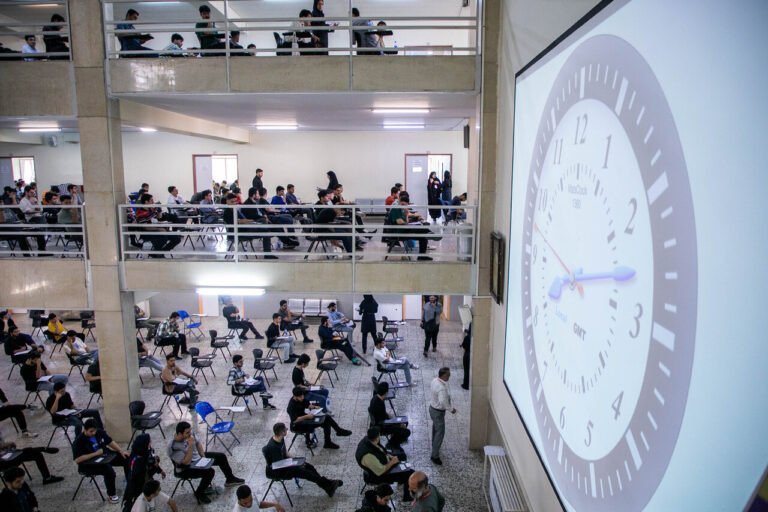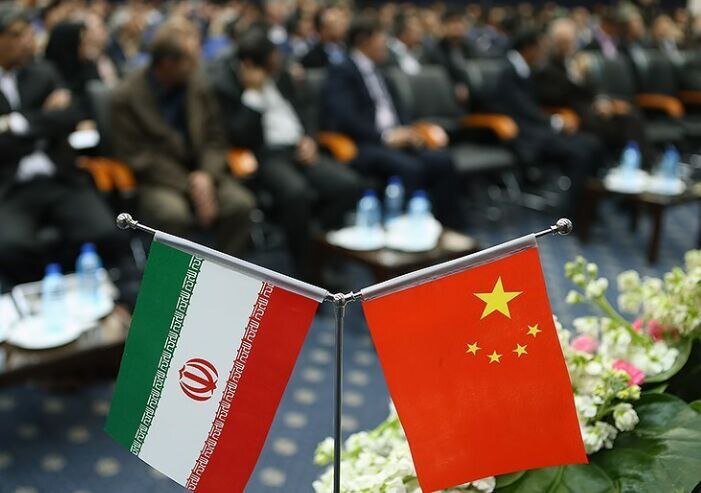Lake Urmia’s Water Volume Surges by 160 Million Cubic Meters Year-over-Year!
Lake Urmia, one of the largest salt lakes in the world, has recently shown signs of recovery with a significant increase in water levels. This remarkable change, reported by IRNA, highlights the importance of sustainable practices in preserving this vital ecosystem. As of now, Lake Urmia holds approximately 1.55 billion cubic meters of water, representing a growth of 160 million cubic meters since last year.
Located in the north-western West Azarbaijan province, Lake Urmia has faced severe challenges since the early 2000s, leading to a dramatic decline in its water levels. Spanning an area of 5,000 to 6,000 square kilometers, it is recognized as the largest lake in West Asia and the sixth-largest salt lake globally.
Recent measurements indicate that the lake’s water volume has increased by 330 million cubic meters compared to the beginning of the current Iranian calendar year in March 2024. The current water level is recorded at 1270.25 meters, marking a rise of six centimeters from last year and thirteen centimeters since the start of the current water year, which began on September 23.
In addition to the increase in water volume, the area of Lake Urmia has expanded significantly. The lake’s surface area is now about 1,110 square kilometers, which is an increase of:
- 90 square kilometers compared to the previous year
- 180 square kilometers since the beginning of the current water year
Despite these positive changes, the region has experienced a 38% decline in precipitation since the start of the water year, alongside a 32% decrease relative to the long-term average. This situation underscores the ongoing challenges that Lake Urmia faces.
Effective Restoration Initiatives
In response to the dire state of Lake Urmia, a collaborative project led by the United Nations Development Programme (UNDP) and funded by the Government of Japan aims to promote sustainable agricultural practices and conservation efforts in the region. This initiative is known as “The Project for Developing Conservation Systems of Wetlands in Lake Urmia and Other Wetlands, Including Their Surrounding Communities,” and is set to run from 2024 to 2028.
The project will be implemented in partnership with the Department of Environment and the Food and Agriculture Organization (FAO). The primary goals of this initiative include:
- Promoting sustainable agriculture
- Enhancing climate-adapted livelihoods
- Delivering long-term benefits for local communities
- Preserving the biodiversity of critical wetland ecosystems
Lake Urmia’s ecosystem is under severe threat due to overconsumption of water resources, compounded by the effects of climate change. Agricultural activities in the region are increasingly susceptible to water shortages, a situation that could worsen due to ongoing climatic changes. Studies suggest that these alterations could further jeopardize agrifood systems and the fragile environment surrounding the lake.
In collaboration with the Japanese government, the FAO has identified technical agricultural solutions aimed at improving water efficiency in the Lake Urmia basin. These strategies are crucial for conserving one of the world’s internationally recognized biosphere reserves.
Since 1995, Lake Urmia has been in decline, primarily due to rapid upstream agricultural expansion and the impacts of climate change. These factors have pushed the precious lake toward depletion, threatening the region’s health, economy, environment, industry, and agriculture.
Despite consistent efforts from the Lake Urmia Restoration Program National Committee since 2013, the ongoing critical situation indicates a need for sustainability and comprehensive management solutions as core elements of action plans.
Continued Efforts for Sustainable Water Management
In 2016, the FAO initiated the “Integrated Program for Sustainable Water Resources Management in the Lake Urmia Basin,” funded by the Government of Japan. Key technical outcomes of this initiative included:
- Implementation of a water accounting project in the Lake Urmia Basin
- Identification of water-consuming hotspots within the region
This water accounting effort has highlighted the significant contributions of both irrigated and rainfed agriculture to the lake’s total evapotranspiration, emphasizing the critical need for water-saving measures to facilitate the lake’s restoration.
As efforts continue to revive Lake Urmia, the collaboration between local, national, and international organizations remains essential in addressing the challenges posed by climate change and unsustainable agricultural practices. It is vital to foster awareness and implement effective strategies to ensure the sustainability of this critical ecosystem.






